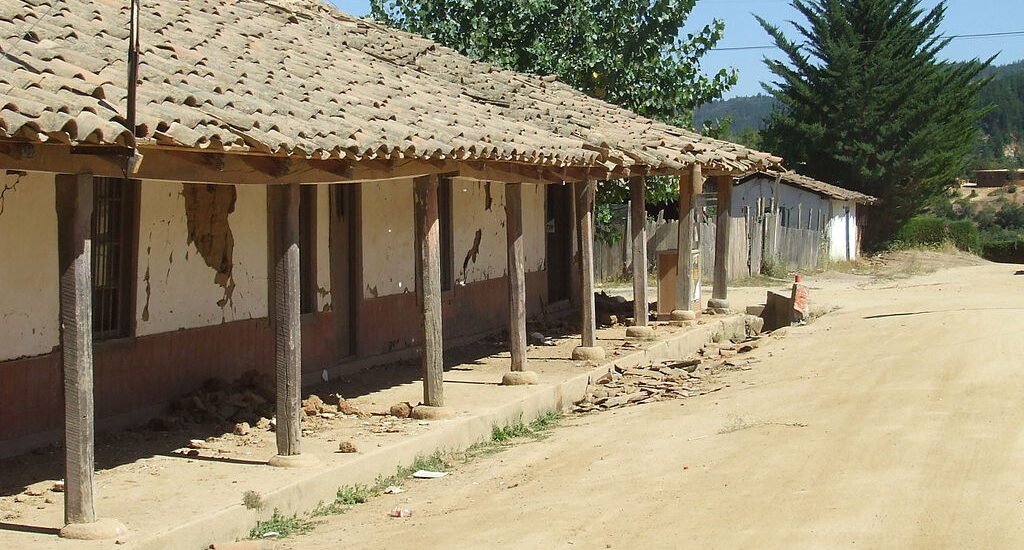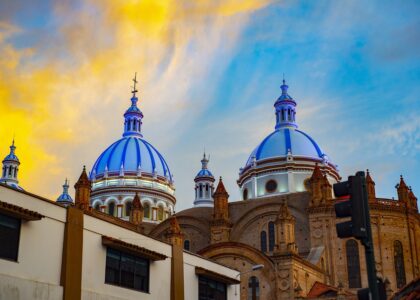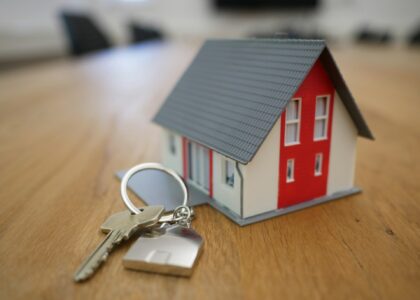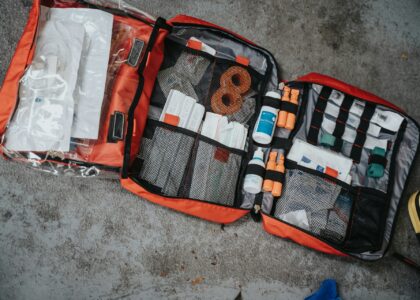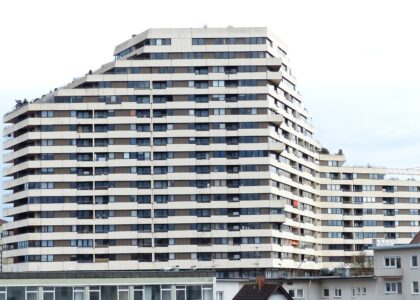Did you know that South America is in an ongoing battle with natural disasters? Earthquakes, floods, and landslides frequently challenge many South American countries. This is where the concept of designing for natural disasters in South America becomes crucial.
Resilient architecture is all about creating buildings and homes that can withstand these natural disasters. It’s not just about safety; it’s about ensuring people’s homes and communities can survive and recover quickly after a disaster. For countries in South America, developing such resilient infrastructure is key to protecting lives and preserving progress. Today, we’ll explore how architects and planners are working to make buildings safer and more durable in the face of nature’s challenges.

The Need for Designing for Natural Disasters in South America
South America is a land often shaken by natural disasters. Earthquakes, floods, and landslides are common, affecting thousands of lives and homes every year. These disasters don’t just cause immediate damage; they leave long-term impacts on communities and housing.
For instance, earthquakes are a major concern, especially in countries like Chile and Peru, located on the Pacific Ring of Fire, a hot spot for seismic activity. In 2010, Chile experienced a massive earthquake, causing widespread damage to buildings and infrastructure. Similarly, Colombia and Brazil frequently face devastating floods and landslides, often triggered by heavy rains. These events not only destroy homes but also displace numerous families, leading to a cycle of poverty and instability.
Recent disasters have highlighted the vulnerability of housing in the region. Many homes, particularly in poorer areas, are not built to withstand such calamities. When disasters strike, these houses are the first to suffer, leaving many without a safe place to live. This reality underscores the urgent need to design and build homes in South America that can resist nature’s wrath.
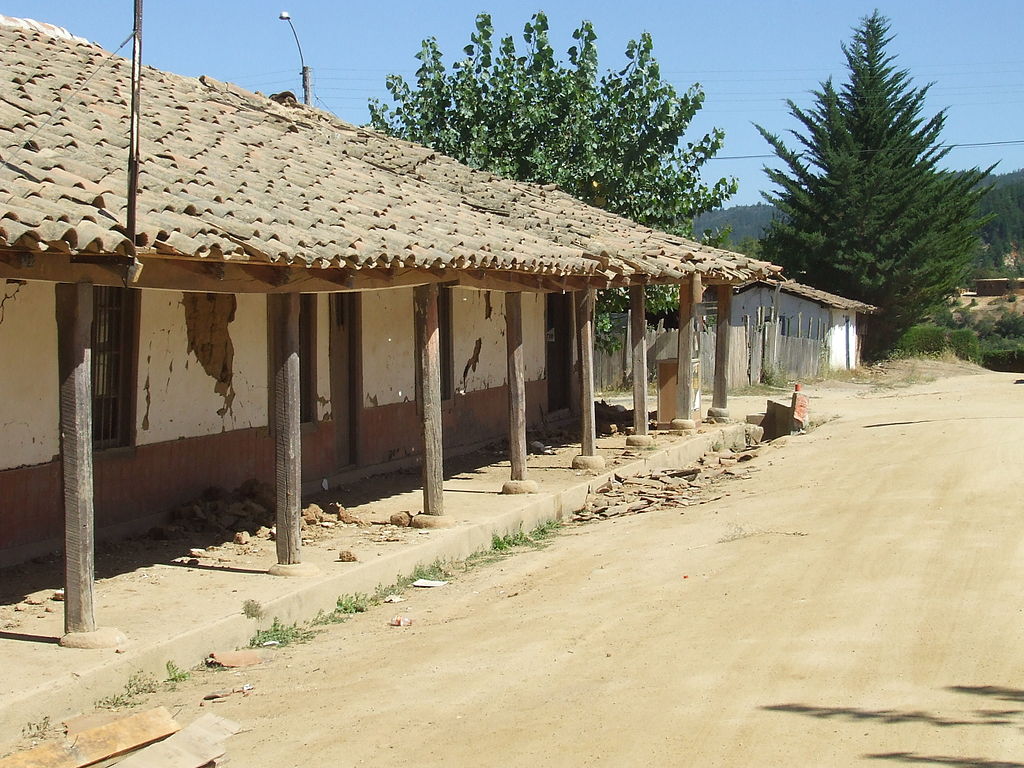
Housing Vulnerabilities in Urban and Rural Areas
In South America, housing conditions greatly varies, especially when comparing urban slums to rural areas. Both have unique challenges that make them vulnerable to natural disasters.
Urban slums are often densely populated, and houses are usually built close together. Many are constructed quickly and cheaply, without considering safety or durability. This means when an earthquake or flood hits, these homes can be seriously damaged or even destroyed, affecting a lot of people at once.
Rural areas face different problems. Homes there might be spread far apart and isolated, often built with whatever materials are available locally. While this might sound safer, these homes are not always strong enough to stand up to the forces of nature. Plus, being isolated means it’s harder to get help or resources quickly after a disaster.
Both urban and rural housing conditions make it tough for people to stay safe during natural disasters. Poor construction, lack of resources, and isolation play big roles in how badly these communities are affected. It’s clear that improving housing in these areas is key to reducing the damage and keeping people safe when disasters strike.

Designing for Natural Disasters in South America: The World Bank's Initiative for Resilient Housing
The World Bank plays a crucial role in helping South America tackle its housing challenges, especially in the context of natural disasters. Their initiative focuses on creating resilient housing that can withstand these disasters. This means building homes that are safe and durable, even in the face of earthquakes, floods, or landslides.
A key part of this initiative is structural retrofitting. This process involves strengthening existing buildings to make them more resistant to natural disasters. Instead of just building new homes, retrofitting improves the ones already standing. This is vital in urban areas where many people live in older buildings that weren’t designed to handle severe natural events.
By investing in structural retrofitting and designing new houses with resilience in mind, the World Bank’s efforts are helping make communities safer. This approach is a major step in reducing the devastating impact of natural disasters in South America.
Affordable and Disaster-Resilient Housing
Countries like Chile, Colombia, and Peru have made significant strides in designing for natural disasters in South America. Each has unique projects showing how resilient housing can be affordable and effective.
After the 2010 earthquake in Chile, there was a big push to rebuild safer homes. The government worked with builders to create houses that could withstand future quakes. These new homes used special materials and designs proven to be more earthquake-resistant. The result was safer housing and a model for other earthquake-prone areas.
Colombia has focused on tackling floods and landslides. In cities like Medellin, new housing projects on safer ground have replaced vulnerable slum areas. These projects include features like better drainage systems to reduce flood risk and sturdier construction to prevent landslide damage.
Peru’s efforts are notable in rural areas. Traditional homes have been updated with stronger materials while keeping the local style. These improvements have made rural houses more resistant to earthquakes and heavy rains, greatly enhancing safety for residents.
These examples from Chile, Colombia, and Peru show the positive outcomes of thoughtful, resilient housing design. They illustrate that with the right approach, building homes that stand strong against natural disasters is achievable across South America.
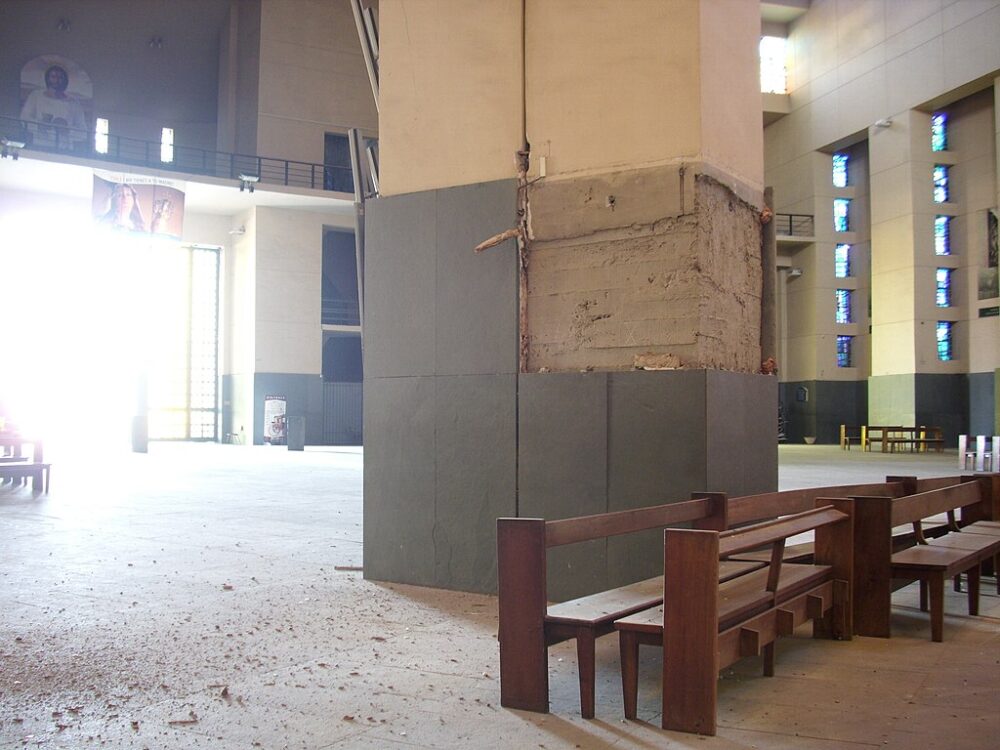
Strategies When Designing for Natural Disasters in South America
Creating communities that can withstand natural disasters in South America involves several smart strategies. Microfinance, energy-efficient designs, and government subsidies are key tools in this challenge.
Microfinance offers small loans to families, helping them build or improve their homes with resilience in mind. This financial support makes it possible for more people to afford the upgrades needed to protect their houses against disasters.
Energy-efficient designs are also crucial. These designs reduce energy costs and can include features like better insulation and water management systems, which are essential in areas prone to extreme weather. Such designs ensure homes are safer and more sustainable.
Lastly, government subsidies play a big role. Governments can encourage people to adopt resilient building practices by providing financial aid or incentives. This could mean helping cover the cost of retrofitting a home or incentivizing builders to use disaster-resistant materials.
Together, these strategies are crucial in designing for natural disasters in South America, making communities safer and more prepared for when disasters strike.
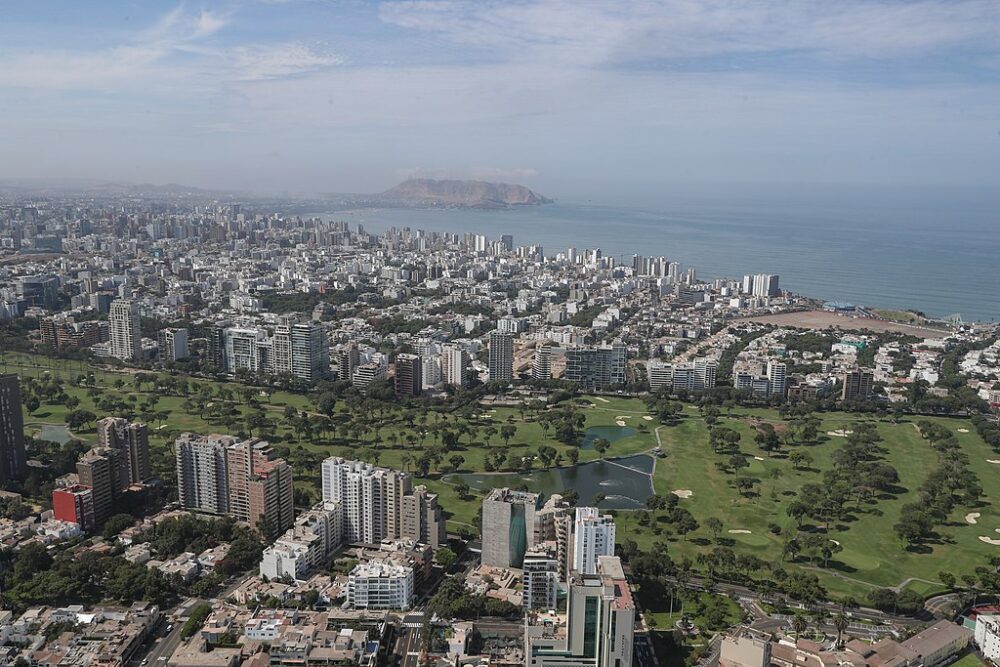
The Challenges and Opportunities Ahead
Implementing resilient housing policies in South America comes with its challenges. One major hurdle is the cost. Building or retrofitting homes to be disaster-resistant can be expensive, and not everyone can afford it. This is especially true in poorer areas where resources are limited. Another challenge is awareness. Many people may not know about the risks they face or the benefits of resilient housing.
However, these challenges also open doors for innovation and collaboration. New technologies can help lower the cost of building resilient homes, making them more accessible. Partnerships between governments, local communities, and international organizations can pool resources and expertise. This collaboration can lead to better, more cost-effective building methods and wider awareness of the importance of resilient housing.
Looking ahead, there’s a lot of potential to make resilient housing a reality for more people in South America. With creativity and teamwork, safer and more durable homes can become the norm, not the exception.
Join the Safe Homes Movement
Designing for natural disasters in South America is more than a technical challenge; it’s a vital step toward a safer future. Resilient architecture protects homes and buildings from damage and helps preserve communities during times of crisis. This approach is key to ensuring that South America’s vibrant cultures and people can thrive, even in the face of nature’s unpredictability. The Safe Homes Movement, part of MEDLIFE, embodies this spirit by empowering communities in Peru and Ecuador through projects that enhance daily life and safety.
Are you inspired to make a difference? Join the Safe Homes Movement and be part of building foundations for a better tomorrow. Whether you’re interested in design engineering or simply want to contribute to creating safer communities, your involvement can have a lasting impact. Visit our website to learn more about our Service Learning Trips in Peru and Ecuador. You’ll be able to work alongside local professionals and contribute to meaningful projects. Together, we can build resilient homes and communities, ensuring everyone has access to a safe and dignified life. Download the brochure and join us in designing for natural disasters in South America – be part of the change!
To find out more about how you can get involved with the Safe Homes Movement and MEDLIFE, fill out the interest form below!


